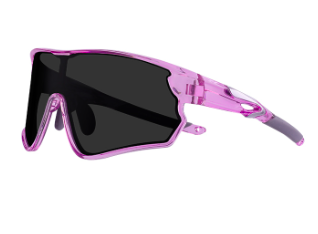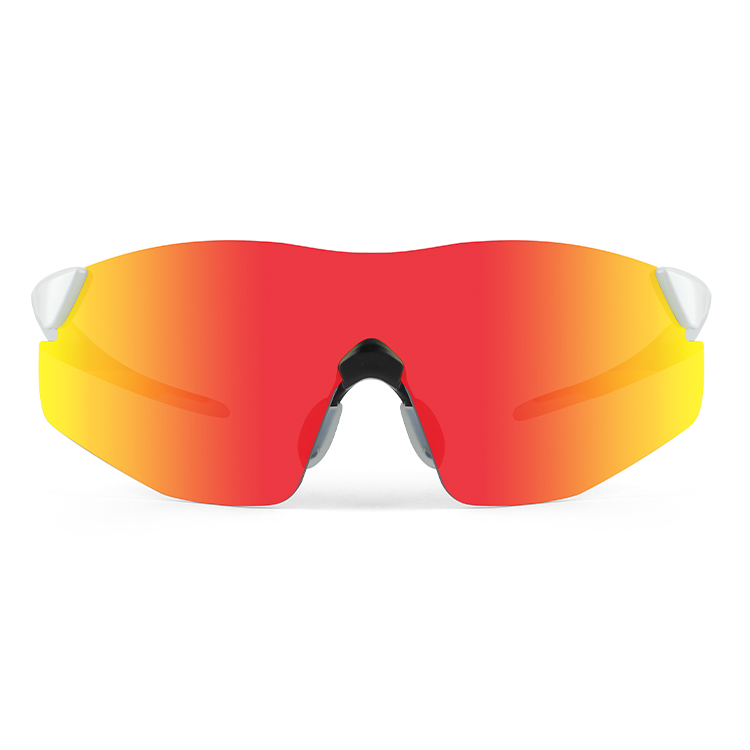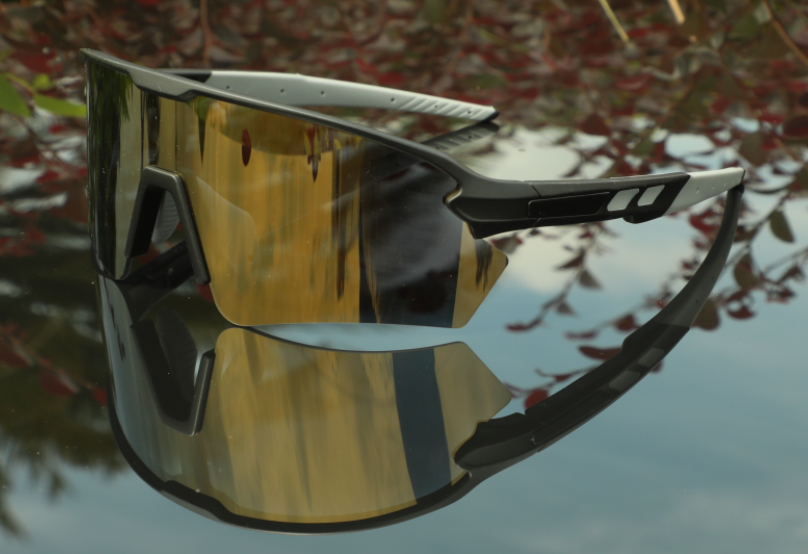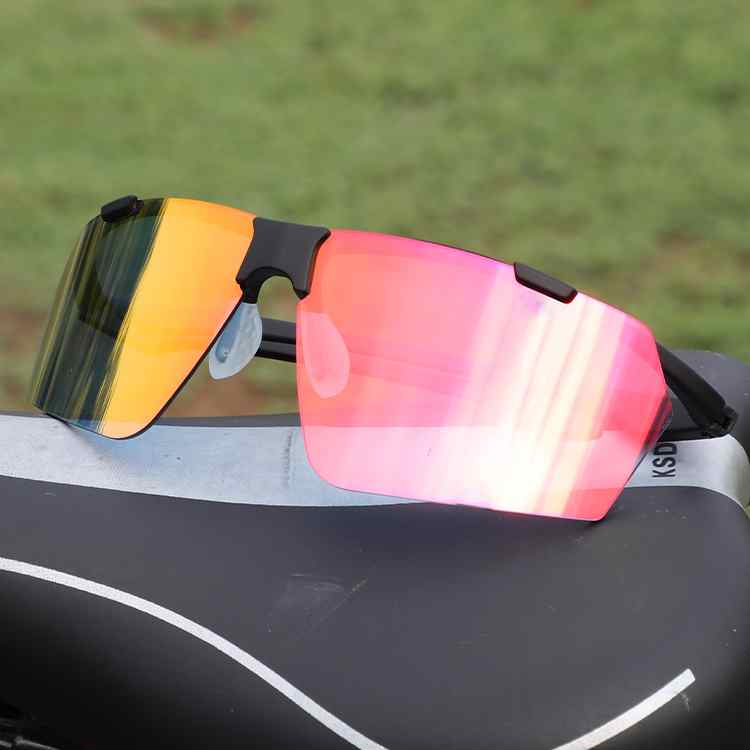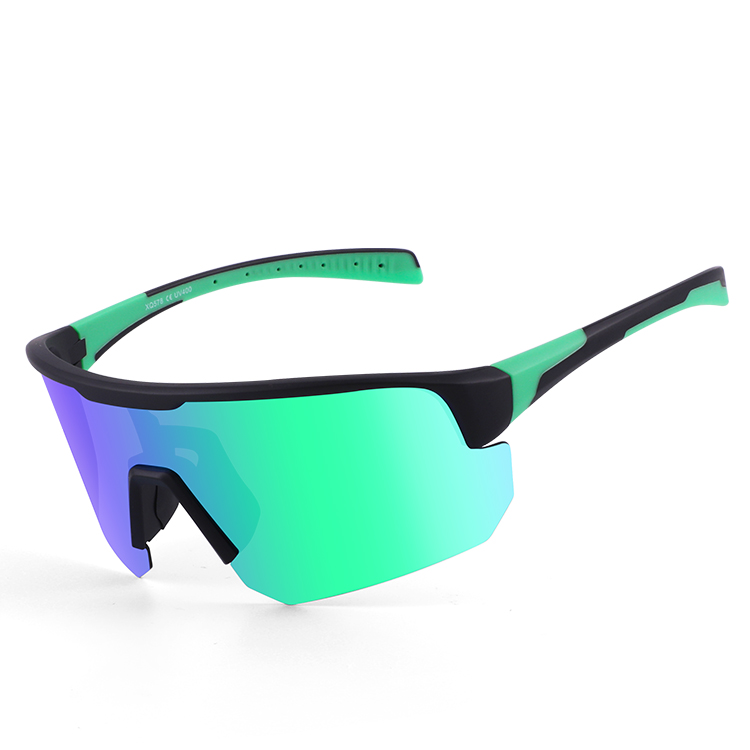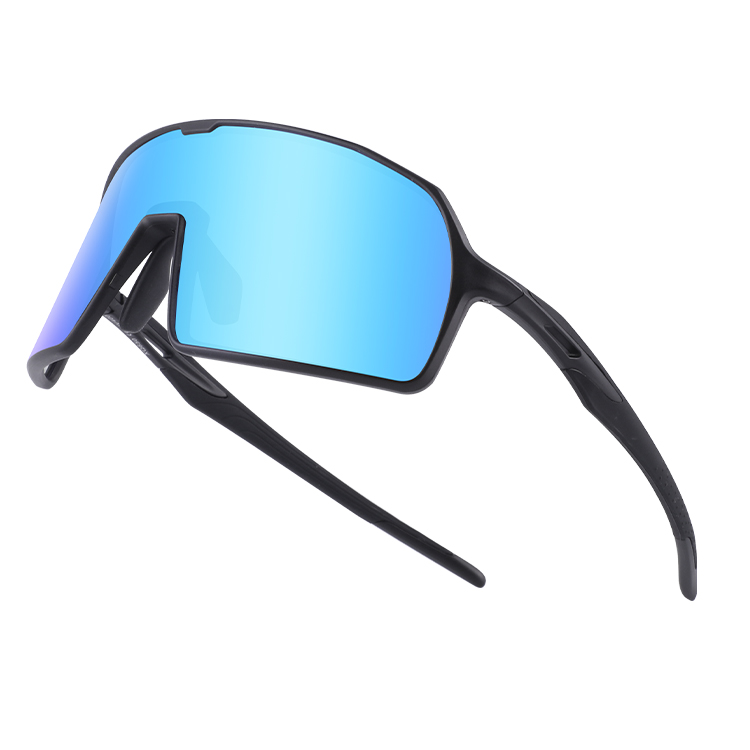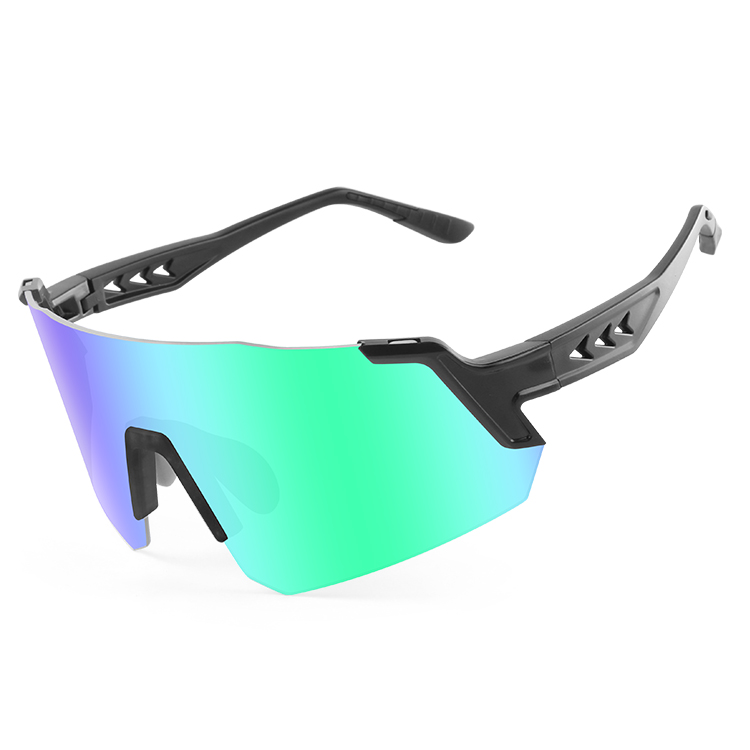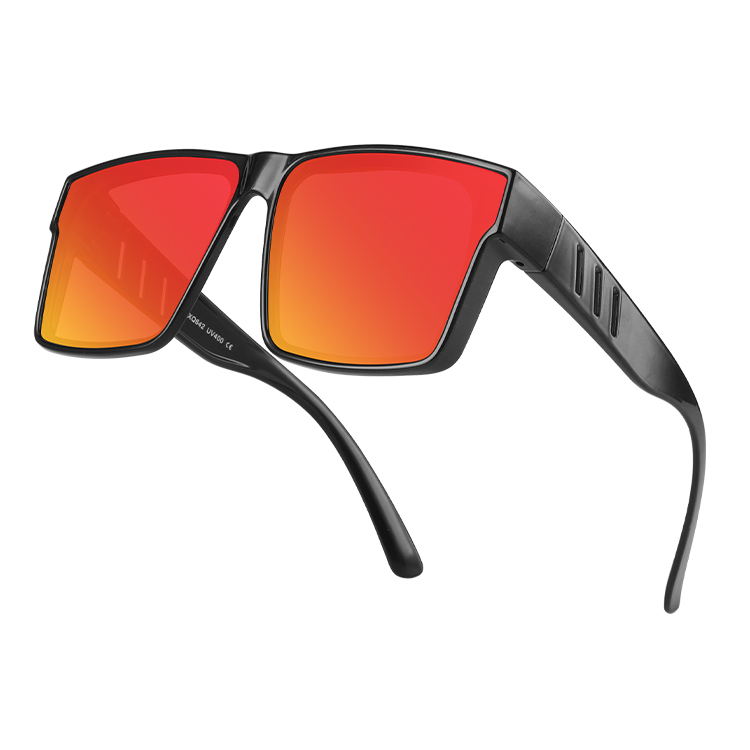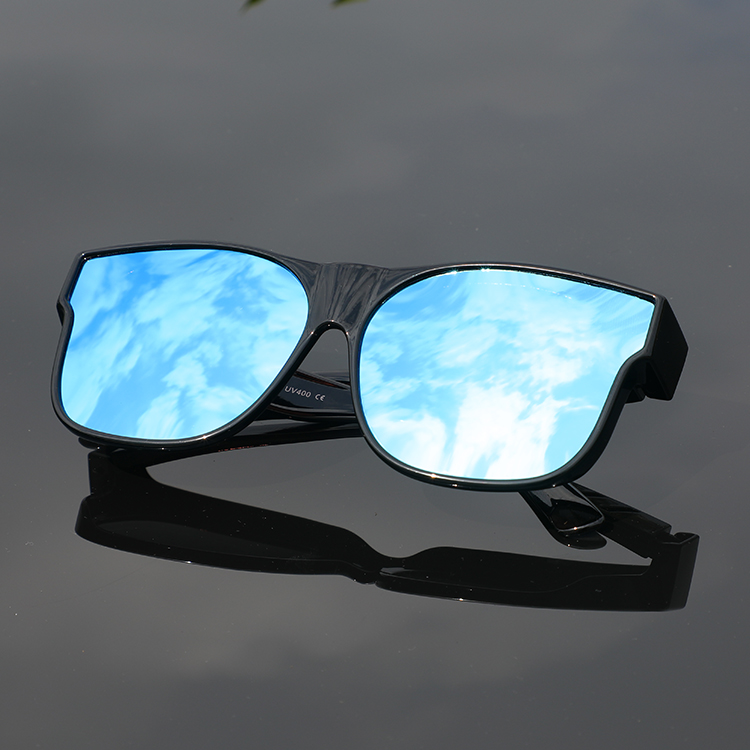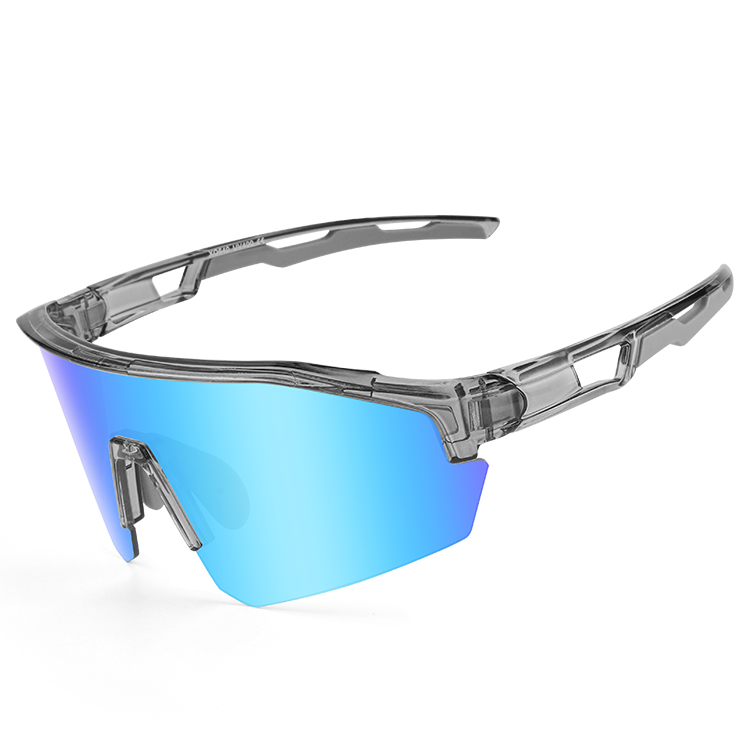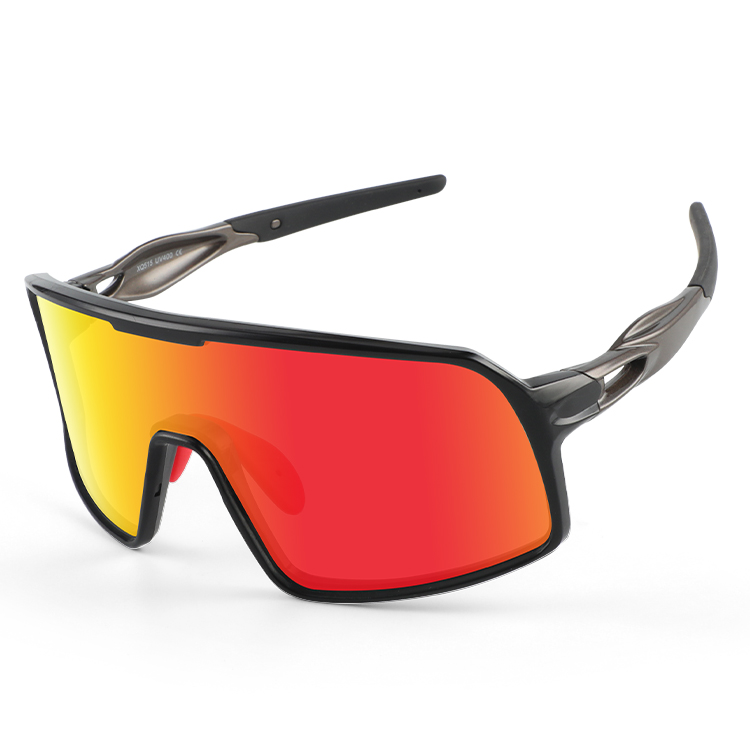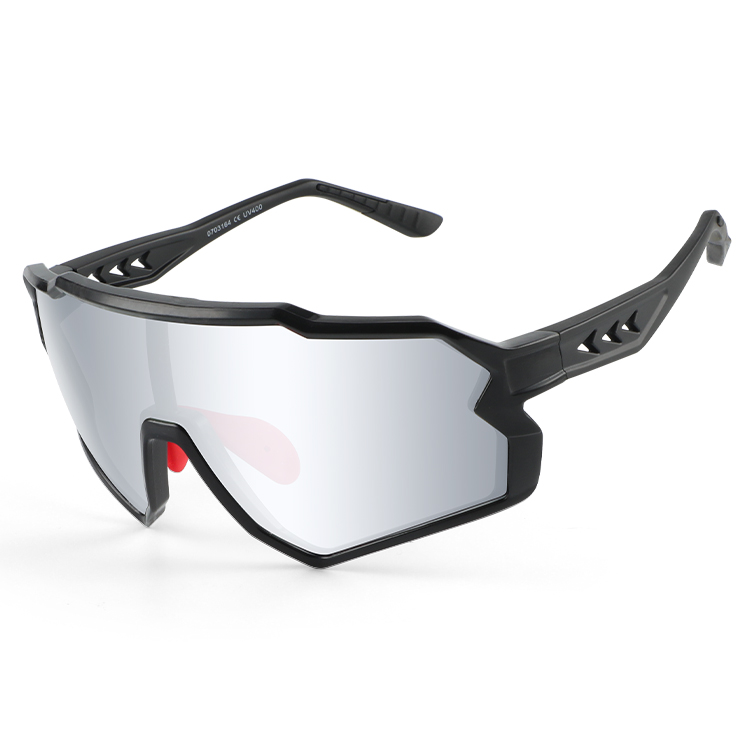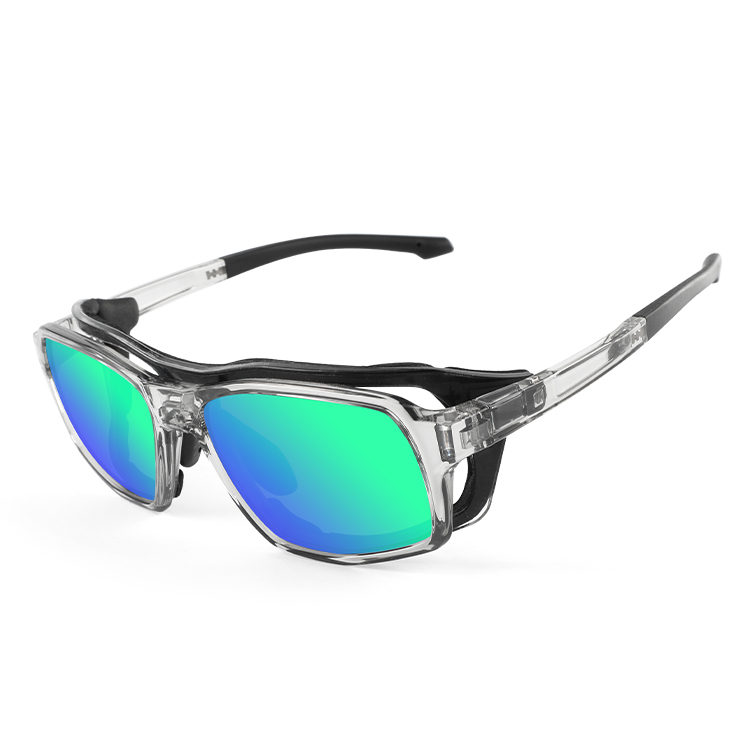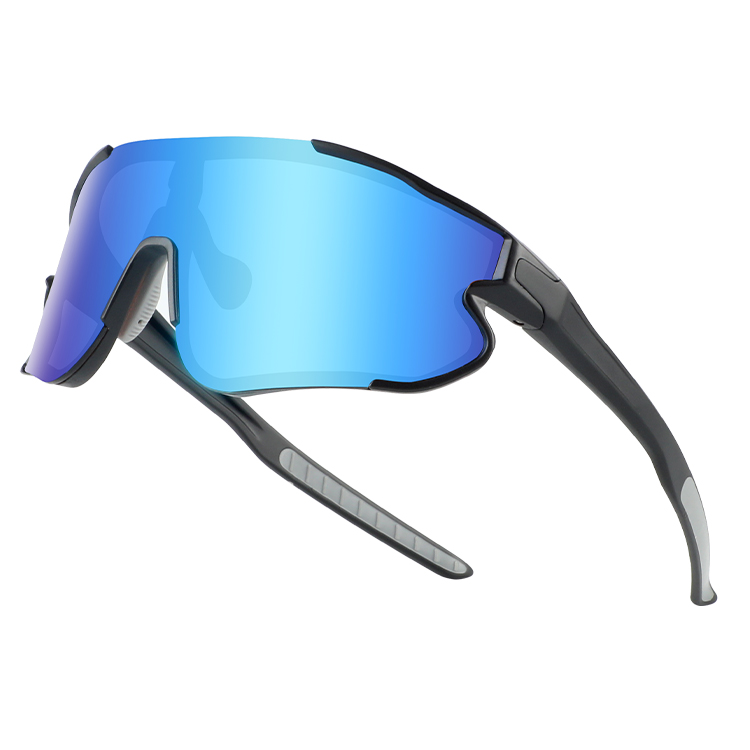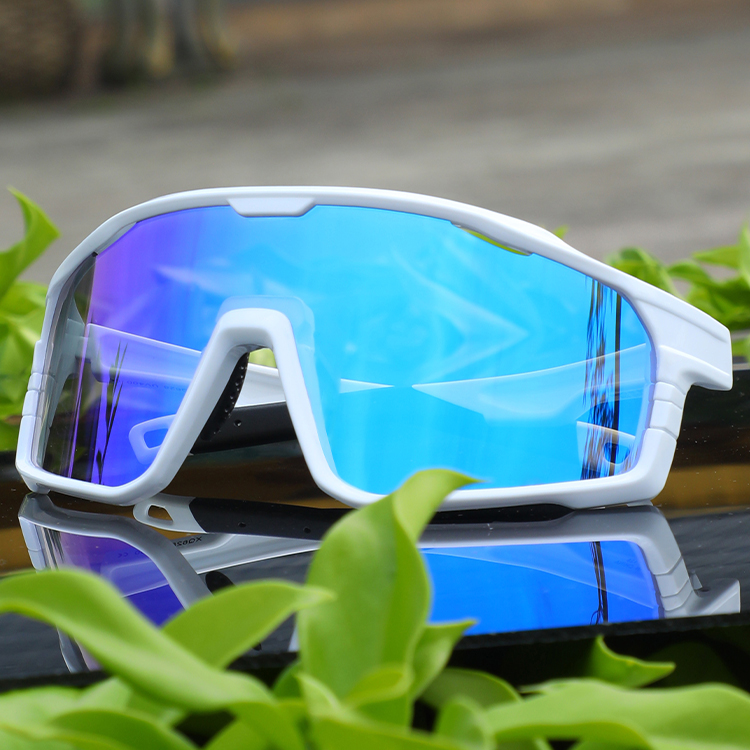1. The Importance of Bicycle Riding Glasses
Cycling exposes your eyes to a variety of environmental challenges—intense sunlight, harmful UV rays, dust, wind, and sudden lighting changes, to name a few. A good pair of bicycle riding glasses isn’t just about style; it’s about safety, comfort, and performance. They protect your vision and significantly enhance your riding experience.
1.1A Glimpse into Photochromic Technology
One of the standout features of high-performance riding glasses is photochromic (or transition) lenses. These smart lenses adapt their tint based on the light conditions around you. This article uncovers the science behind this impressive technology and why it’s a game-changer for cyclists.
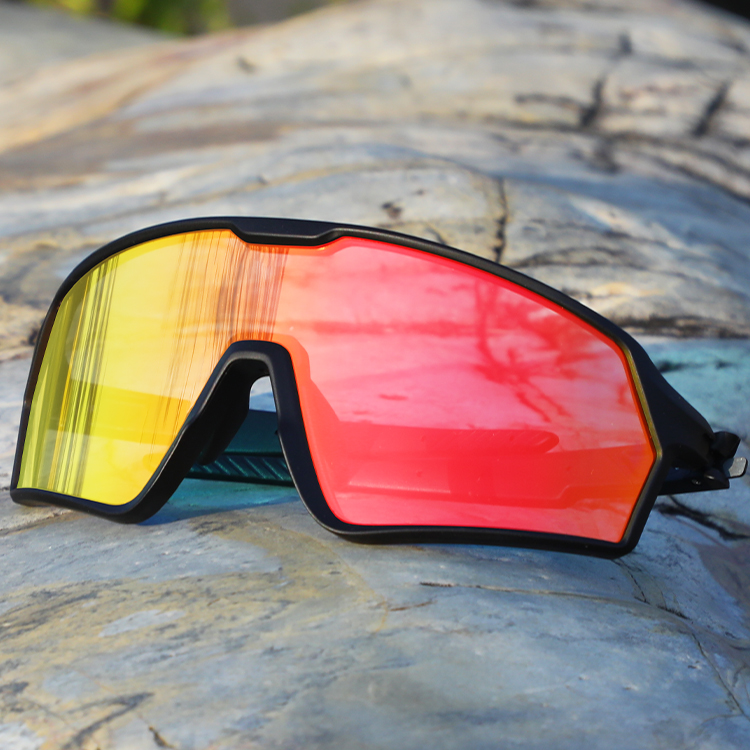
2. How Do Photochromic Lenses Work?
2.1 The Science of Photochromism
Photochromic lenses use special light-sensitive materials such as silver halides or organic photochromic compounds. These materials react chemically when exposed to ultraviolet (UV) light.
Under ultraviolet light, silver halide crystals decompose into silver and halogen atoms. The silver atoms form clusters that darken the lens. When UV exposure decreases (like moving into shade or indoors), the process reverses—the compounds recombine and the lenses become clear again.
2.2 Light-Sensitive Coating Mechanism
In some lenses, a specialized photo-reactive coating is used. These coatings contain molecules that absorb UV and high-energy visible light. As light intensity increases, electrons in the molecules become excited and shift their configuration, leading to lens darkening. When the light reduces, they return to their original state, lightening the lens. This reversible energy and state change is key to photochromic behavior.
3. What Affects the Photochromic Performance?
3.1 Light Intensity
Lighting conditions vary—bright sunlight, forest shade, tunnels, or indoor environments. Higher UV levels trigger faster and deeper lens darkening. In weaker lighting, lenses change more slowly and don’t darken as much. This responsiveness is crucial for real-world cycling scenarios.
3.2 Temperature Sensitivity
Temperature plays a vital role. At high temperatures, photochromic reactions tend to be quicker but less stable. In contrast, low temperatures may slow the reaction, leading to reduced or delayed darkening. A quality pair of lenses will maintain performance across temperature ranges.
3.3 Lens Material
Lens material significantly impacts performance. Glass lenses offer great clarity and even color change but are heavier and more fragile. Resin and polycarbonate lenses are lighter and more durable, ideal for sports use, but may have trade-offs in terms of color depth and uniformity. Each material has its own balance of weight, durability, optical quality, and photochromic responsiveness.
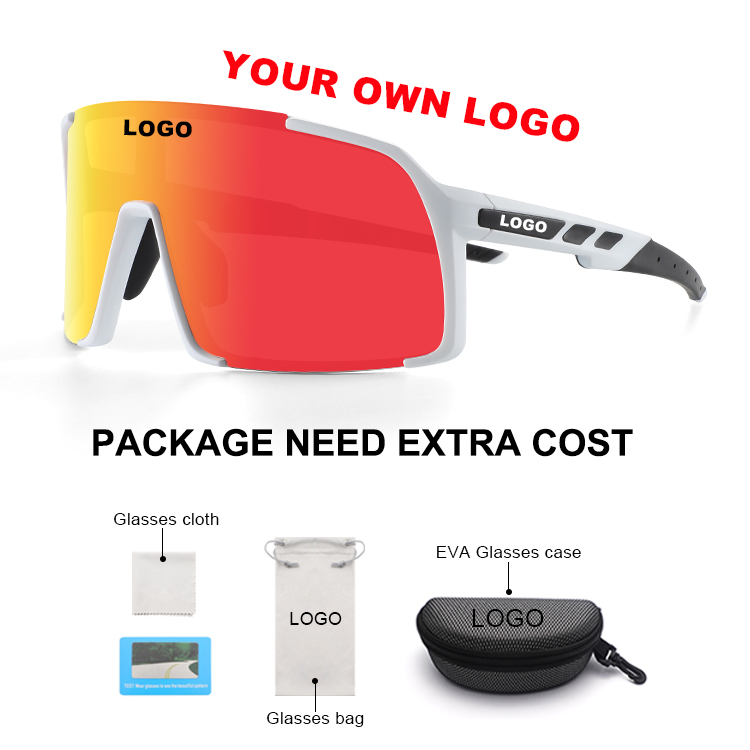
4. Key Benefits of Photochromic Bicycle Riding Glasses
4.1 Adaptive to Changing Light
From sunny streets to shaded trails, or sudden transitions like entering a tunnel, photochromic lenses instantly adapt. Cyclists no longer need to switch glasses or squint through harsh glare—these lenses adjust automatically for a consistently clear and comfortable vision.
4.2 UV and Glare Protection
UV radiation can lead to serious eye damage—cataracts, macular degeneration, or photokeratitis. High-quality bicycle riding glasses with photochromic lenses block out harmful UV rays and reduce glare, protecting your retina and lens over the long term.
4.3 Enhanced Riding Safety
Clear vision is essential for spotting obstacles, traffic signs, or fast-moving objects. By maintaining optimal visibility regardless of the lighting, photochromic lenses help cyclists react more quickly to hazards and reduce the risk of accidents.
5. Care and Maintenance of Photochromic Lenses
5.1 Daily Cleaning
Use a microfiber cloth and lens-safe cleaning solution. Avoid paper towels, alcohol-based cleaners, or abrasive materials that may scratch or degrade the coating.
5.2 Proper Storage
Store your glasses in a cool, dry place, ideally in a protective case. Avoid leaving them in hot environments, like a car dashboard, where heat can damage the lens structure and reduce photochromic effectiveness.
5.3 Extending Lens Lifespan
Check regularly for scratches or slow response times. Replace lenses if they show signs of wear. Avoid contact with sharp objects or hard surfaces that might compromise the coating or structural integrity.
6. FAQ
Q1: Why do photochromic lenses behave differently in hot or cold temperatures?
A: Photochromic materials are chemically sensitive to temperature. Higher temperatures can make them react faster but less evenly, while colder temperatures slow the transition and may prevent full darkening.
Q2: Can the photochromic reaction be made faster?
A: Yes, with advanced materials and improved coatings. Manufacturers are constantly optimizing lens composition and molecular alignment to enhance speed and uniformity.
Q3: Are photochromic lenses available for people with myopia?
A: Absolutely. Prescription photochromic lenses combine vision correction and adaptive tinting—ideal for nearsighted riders who need both clear sight and environmental adaptability.
Q4: How can I tell if a photochromic lens is high quality?
A: Look for fast and even darkening, deep color under strong light, high UV protection, and long-term durability. Brand reputation, lens material, and certifications can also be good indicators.
Q5: What’s the difference between photochromic riding glasses and regular photochromic lenses?
A: Riding glasses are designed for outdoor sport conditions, offering better impact resistance, wider fields of view, and faster response times to sudden light changes. They’re optimized for performance and safety in cycling environments.
7. Conclusion
7.1 Recap of Key Insights
We’ve explored how bicycle riding glasses with photochromic technology work, the science behind them, the factors influencing performance, and the many advantages they offer in terms of comfort, safety, and eye protection.
7.2 The Future of Smart Cycling Eyewear
For cyclists seeking the best in visual clarity and environmental adaptability, photochromic lenses are a must-have. They’re not just a convenience—they’re a smart investment in your safety and riding enjoyment. Choose wisely, maintain them well, and enjoy a seamless ride through light and shadow.

